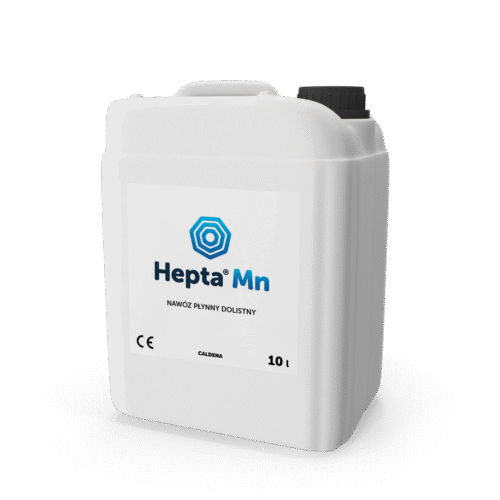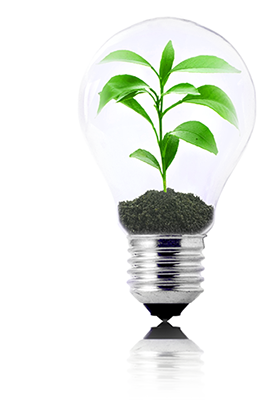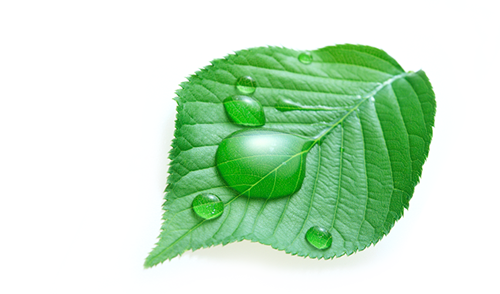Hotline +48 800 100 000
Menu

10 l
HGA Foliar Fertilizers
Simple inorganic micronutrient fertilizer, mineral micronutrient fertilizer, 5% Mn solution
10 l
Manganese (Mn) complexed by HGA, water-soluble, 5% m/m

Copper complexed with heptagluconic acid
Very fast water solubility
Highly digestible and moves quickly inside the plant
Safe for the environment
Liquid formulation
Heptagluconic acid (hereinafter referred to as “HGA acid”) is an organic complexing agent in fertilizers containing micronutrients. HGA acid is effective, biodegradable, has good stability over a wide range of pH values, and high solubility in water. The use of HGA has been authorized for many years in Spain, and no harm to the environment or human health has been reported during that time [COMMISSION REGULATION (EU) 2016/1618 of 8 September 2016].

| Crops | Dosage [l/ha] | Water amount [l/ha] | Number of treatments | Application |
|---|---|---|---|---|
| All crops | 1–3 | 200–600 | 2–4 | In early developmental phases – as required |
| Potatoes | 3 | 2–3 ton | 1 | Seed potato treatment |
| Potatoes | 2–3 1–3 | 200–300 300–400 | 2 1 | From full emergence to the budding stage Beginning of flowering – tuber initiation |
| Sugar beets | 1–2 | 200–300 | 1 | From the 4– to 6– leaf stage |
| 1–2 | 200–300 | 1 | At the beginning of row closure | |
| 1–2 | 200–300 | 1 | During root growth on freshly limed sites | |
| Cereals | 1–2 | 200–300 | 1 | In autumn: from the 3–leaf stage to the 2–tiller stage |
| 1–2 | 200–300 | 1 | In spring: from the resumption of growth to the beginning of second node development | |
| Oilseed rape | 1–2 | 200–300 | 1 | In autumn: from the 4– to 6–leaf stage |
| 1–2 | 200–300 | 2 | In spring: after growth resumption to loose green bud stage | |
| Maize | 1–2 | 200–300 | 1 | From the 4–6 leaf stage |
| 1–3 | 200–300 | 2 | From the 8–leaf stage to the end of the technically feasible application period | |
| Legumes | 1–3 | 200–300 | 1–2 | From full emergence to the pod formation stage |
| Vegetables | 1–4 | 400–600 | 2–4 | During the period of intensive leaf biomass growth |
| Pome fruit trees Stone fruit trees | 2 | 500–1000 | 2–4 | From the pink bud stage to 14 days before harvest |
| 2 | 500–1000 | 2–4 | From the beginning of fruit set to the ripening stage | |
| Soft fruit bushes | 2–4 | 300–600 | 2–3 | From the shoot growth stage |
| Grassland | 2–3 | 200–300 | 2–5 | From the onset of spring growth until mid-September; 7–10 days after cutting/grazing |